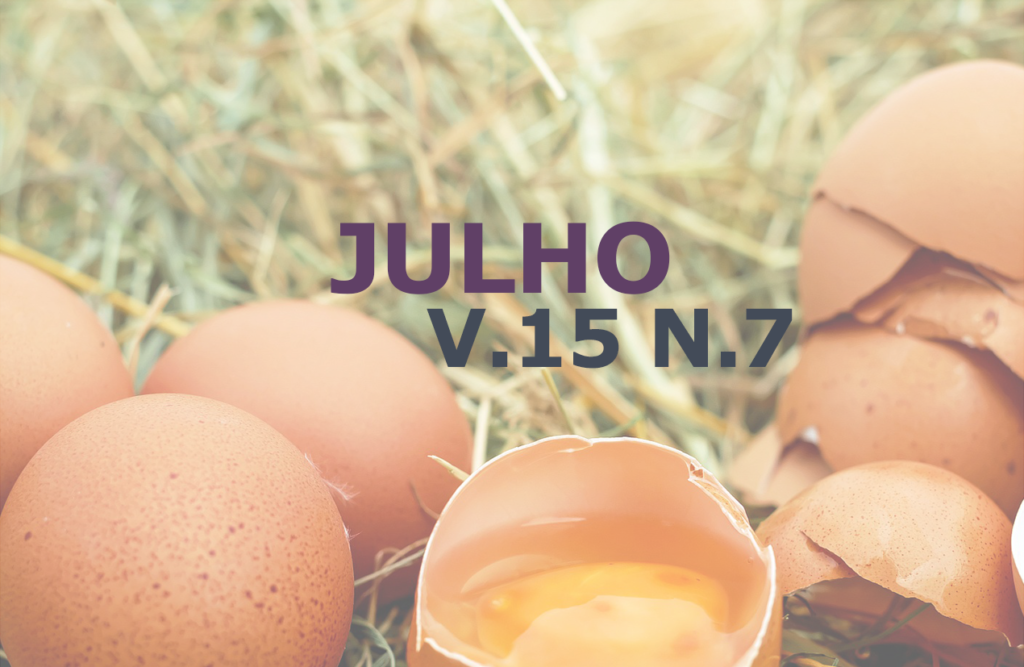Nutritional and composition of dry dog food for adult dogs
DOI:
https://doi.org/10.31533/pubvet.v15n07a853.1-7Keywords:
Nutrition, food, labeling, composition, legislationAbstract
Brazil is considered as the second largest producer of food for dogs and cats, behind only the EUA. These are classified according to the industry itself in commercial segments, in economic, standard, premium and super premium, differing in the raw material used and nutritional composition, and MAPA is responsible for carrying out the inspection of the same. Dogs today play a role as a company, emotional bond, considered by some as family members, thus increasing contact and fellowship with humans. All this contact generates through the tutors, greater concern regarding the health, quality of life and feeding of your animal. The objective of this study was to determine the nutritional composition of dry rations for adult dogs, evaluating whether the information stated on the labels is consistent with the information presented by the dogs, and whether they meet the nutritional needs of dogs. Twelve samples of feed were purchased and classified according to the manufacturer into economic, standard, premium and super premium. Each segment consisted of three different manufacturers' rations. A bromatological analysis was carried out, evaluating the moisture content, mineral matter, crude protein, ether extract and crude fiber. The results obtained were compared with the value observed and declared by the manufacturer, through descriptive analysis of the mean and standard deviation. All segments presented significant differences in relation to that shown in the label, with the economic segment presenting greater differences between the observed value and the declared value on the label, followed by the super-premium, premium and standard lines, respectively. Taking into consideration the legislation, the economic segment presented results that make it unfeasible because it does not meet the needs of dogs.
Downloads
Published
Issue
Section
License
Copyright (c) 2021 Marcos Vinicius Ramos Afonso, Nathália Gonçalves de Jesus, Natan de Souza Oliveira, Walber de Oliveira Rabelo, Ana Luiza Teixeira Amado Jorge, Giovana Miranda de Almeida

This work is licensed under a Creative Commons Attribution 4.0 International License.
Você tem o direito de:
Compartilhar — copiar e redistribuir o material em qualquer suporte ou formato
Adaptar — remixar, transformar, e criar a partir do material para qualquer fim, mesmo que comercial.
O licenciante não pode revogar estes direitos desde que você respeite os termos da licença. De acordo com os termos seguintes:
Atribuição
— Você deve dar o crédito apropriado, prover um link para a licença e indicar se mudanças foram feitas. Você deve fazê-lo em qualquer circunstância razoável, mas de nenhuma maneira que sugira que o licenciante apoia você ou o seu uso. Sem restrições adicionais
— Você não pode aplicar termos jurídicos ou medidas de caráter tecnológico que restrinjam legalmente outros de fazerem algo que a licença permita.





